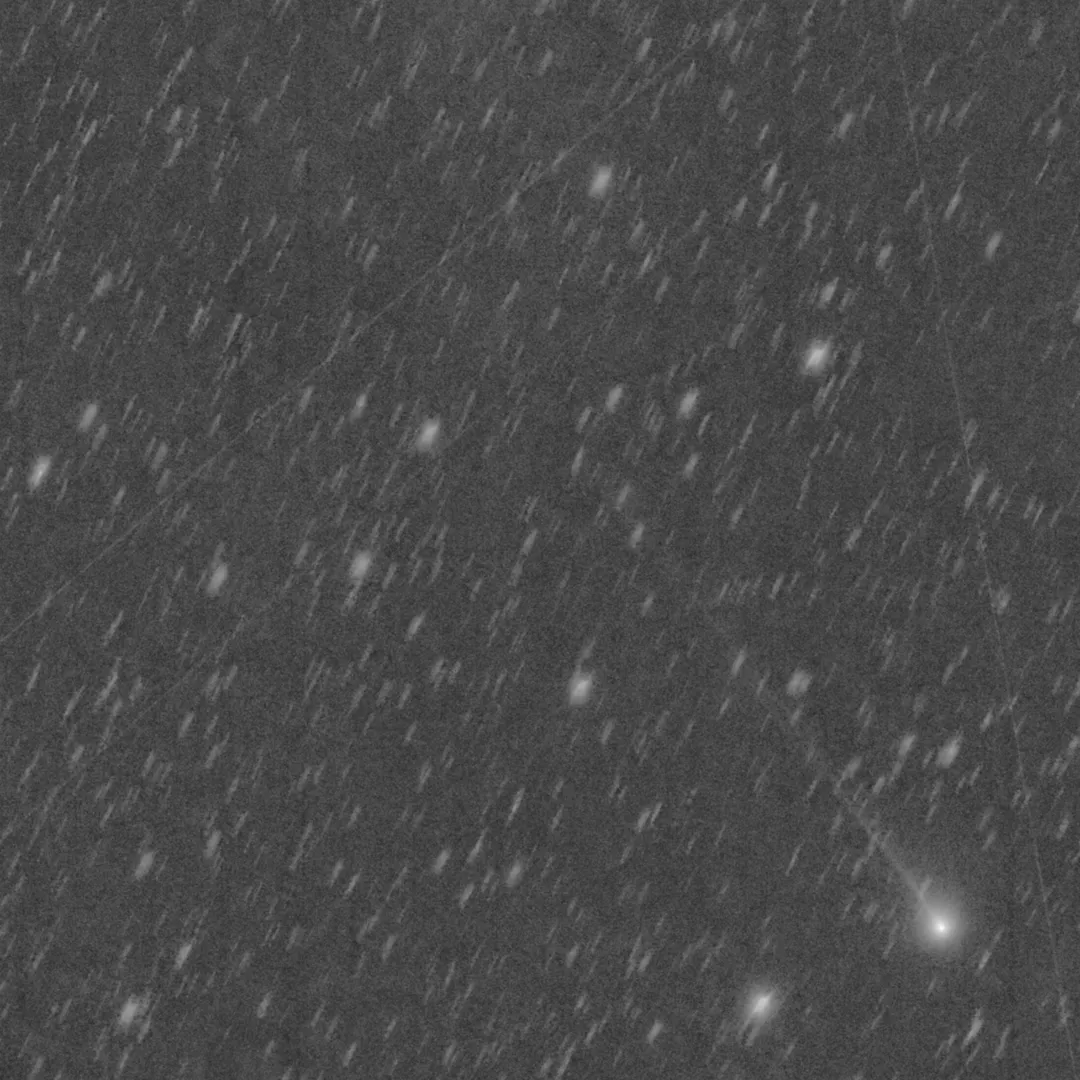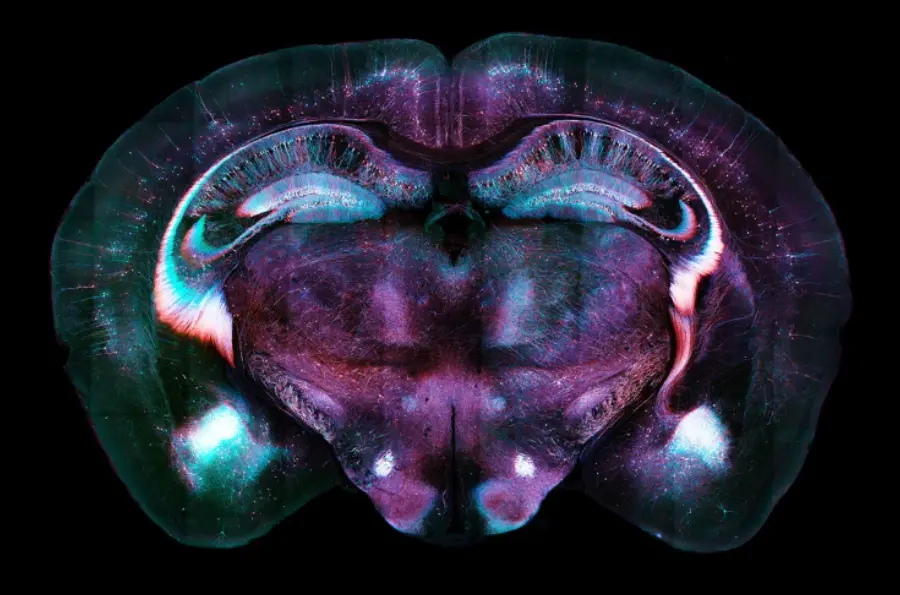Comet C/2025 F2 (SWAN): Disintegration and Observational Updates
Comet C/2025 F2, commonly known as Comet SWAN, has garnered significant attention from the astronomical community and skywatchers worldwide. Discovered in late March 2025, this comet’s journey through the inner solar system has been both captivating and, ultimately, fleeting.
Discovery and Initial Observations
Comet SWAN was first identified on March 29, 2025, by amateur astronomers Michael Mattiazzo and Vladimir Bezugly. Utilizing images from the Solar Wind Anisotropies (SWAN) camera aboard the Solar and Heliospheric Observatory (SOHO), they detected the comet’s presence as it approached the Sun. Initial observations suggested that SWAN was a “new” comet, likely making its first passage through the inner solar system after originating from the distant Oort Cloud. Such comets are often rich in volatile materials, which can lead to dramatic increases in brightness as they near the Sun.
Approach to the Sun and Subsequent Disintegration
As Comet SWAN approached its perihelion—the closest point to the Sun in its orbit—astronomers noted significant changes in its behavior. Initially, the comet brightened rapidly, raising hopes for a spectacular display visible to the naked eye. However, this brightening plateaued in mid-April, and the comet began to fade. Experts believe that the intense solar radiation and gravitational forces likely caused the comet to break apart, a fate not uncommon for comets making their first journey into the inner solar system.
Astrophysicist Karl Battams of the U.S. Naval Research Laboratory commented on the situation, stating, “We’ll soon be left with just a dusty rubble pile.” This sentiment reflects the consensus among astronomers that Comet SWAN has likely disintegrated, leaving behind a trail of debris.
Current Visibility and Observational Opportunities
Despite its disintegration, remnants of Comet SWAN remain observable under specific conditions. For those interested in observing the remnants, the best viewing conditions are in areas with dark, clear skies, away from city lights. Using binoculars or a small telescope, observers can look towards the western horizon shortly after sunset, where the comet’s remnants may still be visible near the Pleiades star cluster.
Astronomical apps and star charts can assist in locating the comet’s position in the sky. While the remnants are faint, the opportunity to witness the aftermath of a comet’s disintegration is a unique experience for skywatchers.
Scientific Significance
Comets like SWAN are considered time capsules, preserving material from the early solar system. Studying their composition and behavior provides valuable insights into the conditions and processes that prevailed during the solar system’s formation. The disintegration of Comet SWAN offers a real-time case study of how such bodies interact with solar radiation and gravitational forces.
Furthermore, the discovery and observation of Comet SWAN underscore the importance of international collaboration and the contributions of amateur astronomers in advancing our understanding of celestial phenomena.
Conclusion
The brief but captivating appearance of Comet C/2025 F2 (SWAN) serves as a reminder of the dynamic and ever-changing nature of our solar system. While its journey was cut short by disintegration, the remnants continue to offer a window into the processes that govern celestial bodies. For those who seize the opportunity to observe its fading trail, Comet SWAN leaves a lasting impression as a messenger from the distant reaches of our cosmic neighborhood.







